
Nine Significant Facts about Shiva
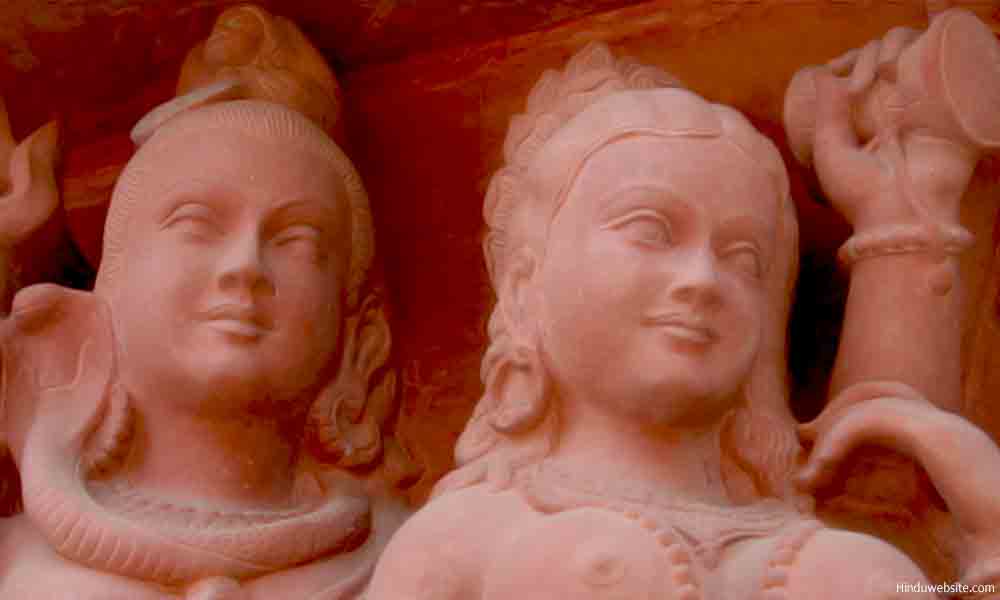
In Hinduism, Shiva and Parvathi Symbolize Purusha and Prakriti.
Shiva is one of the most ancient and popular gods of Hindus. He has antecedents both in the Vedic and non-Vedic traditions of Hinduism. Vedic people initially worshipped him as Rudra and god of storms, death and destruction. The Vedas extoll him as a healer, protector and provider of healing medicines. In Saivism, he is considered Brahman, the Supreme Self, who, as the lord of the universe (Isvara), creates, sustains and nourishes the worlds, keeping them in bounds with his net of Maya. In Saivism, he is Pati, the lord and husband of all beings (jivas), who are considered Pasus (animals), until their liberation.
Hindus fear him and revere him and his numerous manifestations and aspects for their benevolent as well as malevolent influence. Shiva prominently figures in many Hindu scriptures as the god of benevolence, knowledge and omniscience. He is also mentioned in Buddhist and Jain scriptures as a heavenly deity or a Bodhisattva. Some Buddhist communities in the Himalayas look upon him as an aspect of Buddha himself. It is also said that in medieval times he was worshipped by some Muslim mendicant and heretic groups in Kashmir and surrounding areas. The following are the eight significant facts about Shiva, which are unknown to many, since much of the knowledge about him is confined to a few ascetic groups and renunciant traditions of Saivism.
1. The very name of Shiva is a blessing
Shi means auspiciousness, purity, tranquility, good fortune, health peace, prosperity, etc. Shiva not only possesses these auspicious qualities but also bestows them upon his devotees. His very name invokes these blessings, wards off evil and purifies things and places. In Sanskrit usage Shiva has other meanings such as an auspicious moment or planetary conjunction, the Veda and bliss. Unlike Vishnu, who is represented by blue or dark color, Shiva is represented by pure, white color, denoting his purity and sattvic quality.
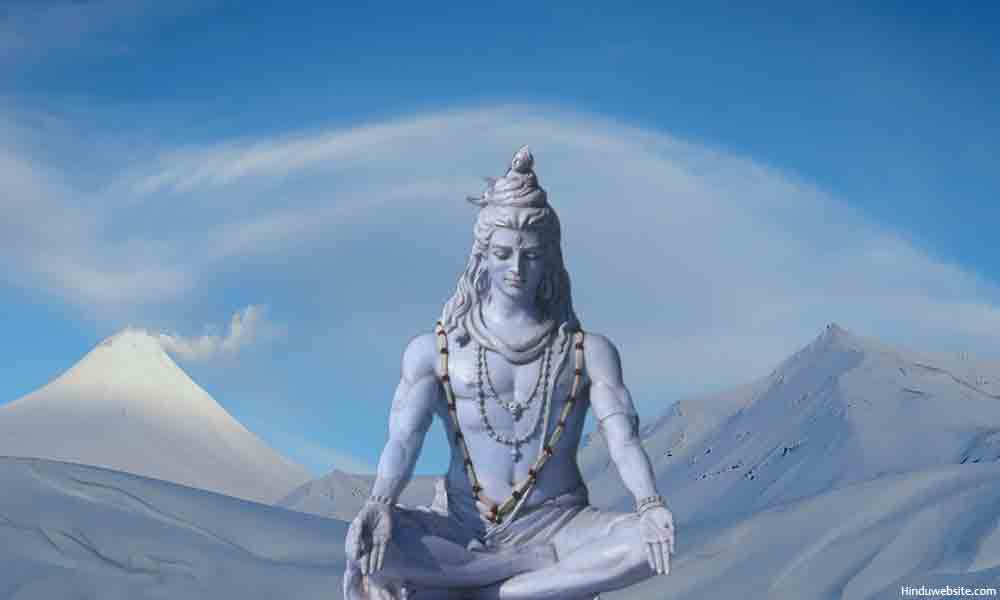
2. Shiva is not a tamasic god but a purifier
As many people mistakenly think, Shiva is not a god of Tamas, but purity and auspiciousness. He is the presiding deity of Tamas, which means that he has the transformative power over it. As the destroyer of the worlds and the god of Death, he can remove Tamas from his worshippers and purify them so that they can progress on the path and attain liberation. In other words, Shiva is a purifier. By worshipping him, you can get rid of Tamas (darkness, indolence, ignorance, grossness, etc.,) from your mind and body and progress on the path of liberation.
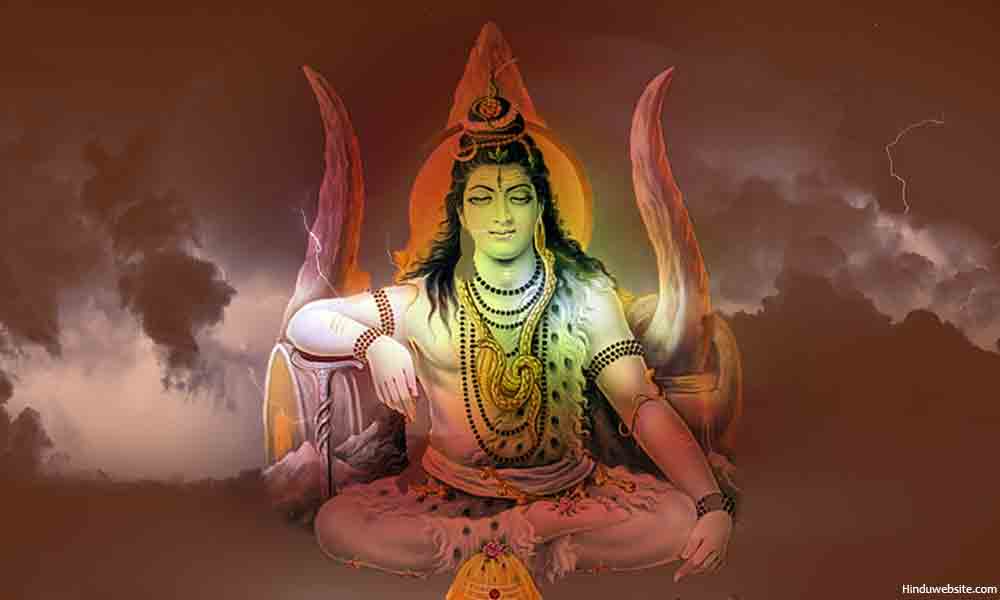
3. Shiva is both an ascetic and a householder
Of all the gods and goddesses of Hinduism, only Shiva has a full-fledged family. His family chiefly consists of his beloved wife, Parvathi, his admirer, Ganga, his two sons, Ganesha and Kumara, his vehicle, Nandi and a host of Shiva Ganas, Siddhas, Yogis and devotees. His abode is Kailas where he lives with his family and entourage, watching over the world. Although he has numerous functions and obligations, and although to many he is a wandering, ascetic god, one cannot miss his commitment to his family and devotees. Parvathi, his consort is his inseparable half. Even in quiet moments, when he remains absorbed in himself, he is inseparable from them.
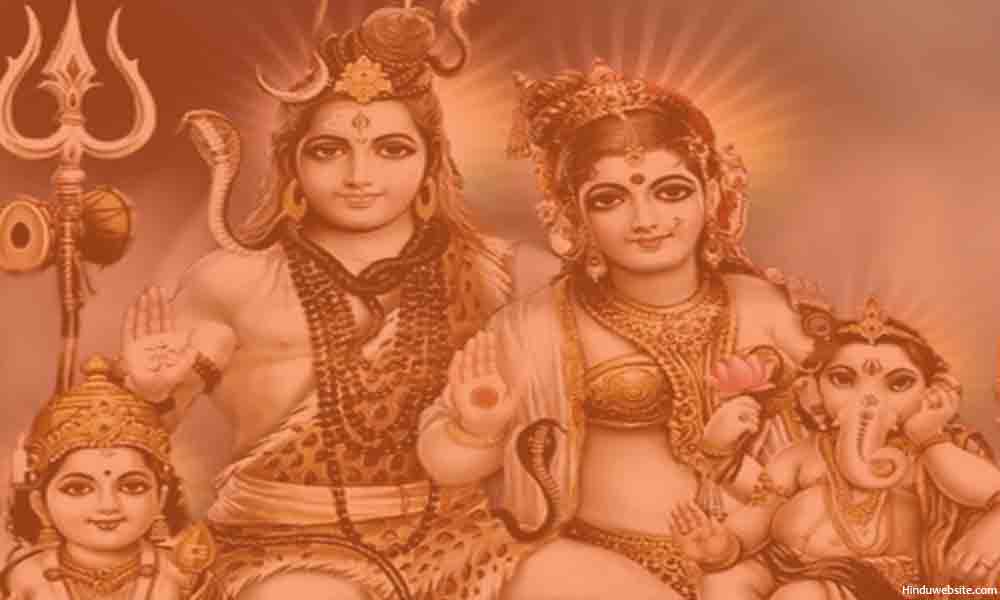
4. Shiva personifies the diversity and dualities of creation
Shiva does not fit into conventional definitions of a Vedic deity. He is worshipped in Vedic, Agamic, tribal and rural traditions as the Lord of the Universe ( Isvara or Parameswara) or a passive deity as in some Shakta traditions. His pleasant and unpleasant or fierce forms are worshipped by right hand methods and left-hand methods. He is worshipped not only in temples but also in cremation grounds, amidst funeral pyres. The god, who is known as a pure and auspicious being (shivam), also wanders in unclean and impure places to denote his sameness, inviolability, incorruptibility, omniscience and omnipresence.
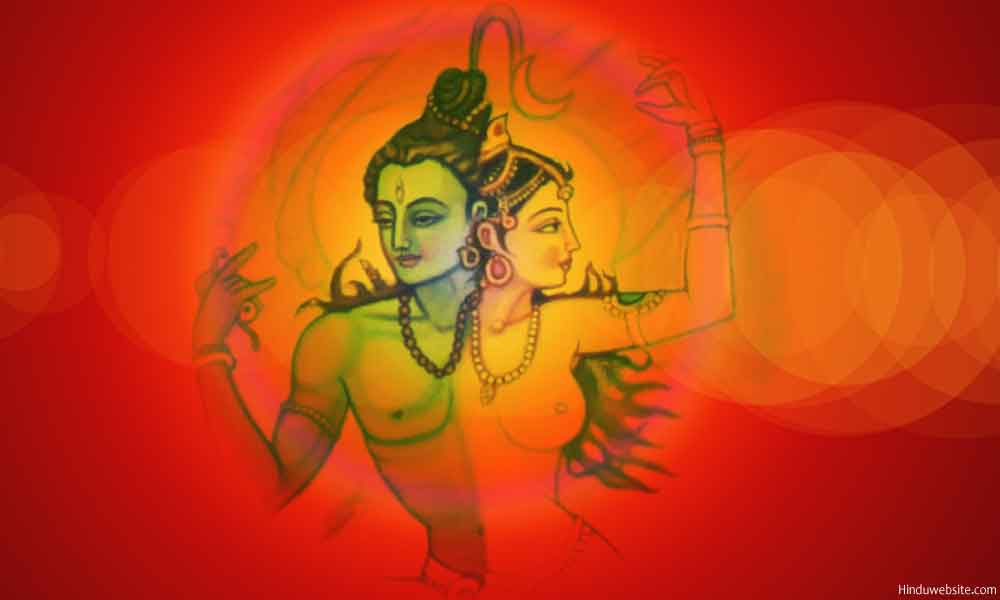
5. No officiating priest is required to worship Shiva
Strictly speaking, you do not require a priest to worship Shiva. You can walk into a Shiva temple and directly worship him. Some temples may still employ priest to keep order. Traditionally, where priests are employed, they may come from any caste, not necessarily from the Brahman caste, as long as they meet with the required qualifications. You may also worship him in various ways. Devotion is not necessarily the best means. You can worship him by the path of service or devotion or yoga or knowledge. The last one is the best. In Tantric traditions he is worshipped with the offering of ashes from cremation grounds, animal sacrifices, alcohol, meat, etc.
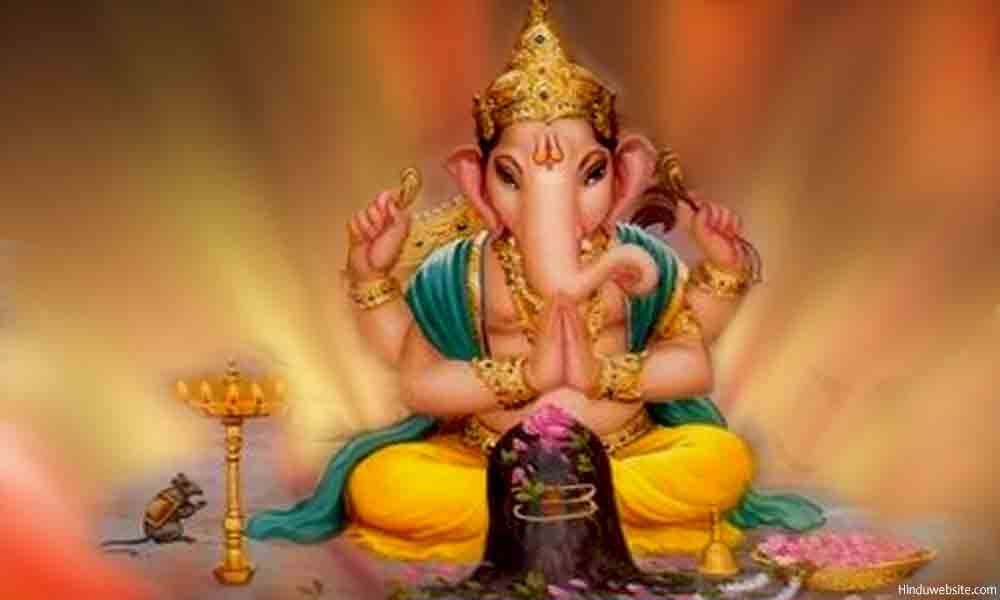
6. Shiva is a unique god with many distinctions
Shiva has many distinctions. He is the only god in the pantheon to possess a third eye, the only god whose wrath knows no bounds, and the only deity who cut off the heads of other gods in anger. For example, he cut off the heads of Ganesha and Daksha and later replaced them with those of an elephant and a goat respectively. He also burnt Manmadha, the god of love, to ashes and later restored him to life at the request of Rati. He is therefore feared as well as revered.
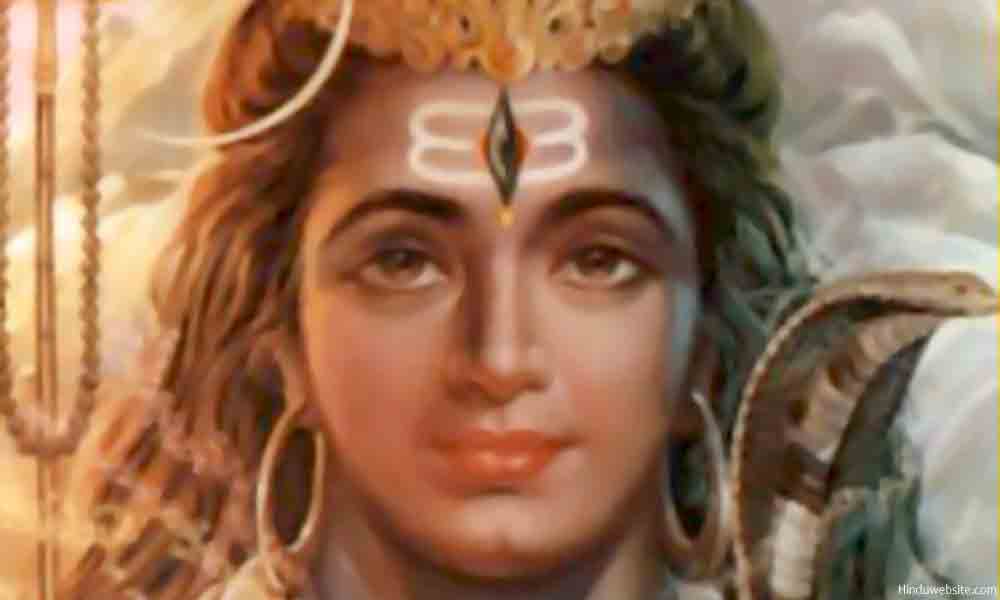
7. Shiva does not incarnate and has no incarnations
We do not hear of the incarnation of Shiva at all. We hear of his aspects and manifestations or emanations, but not incarnations. It is because Shiva has the foreknowledge of the past, present and future. Nothing happens without his will and permission. If Dharma declines or the demons spread chaos it happens as a part of his will and design, but not otherwise. In many cases it is he who empowers the demons with boons. Therefore, it is improbable that he has to incarnate specially to deal with any problem, which he cannot foresee.
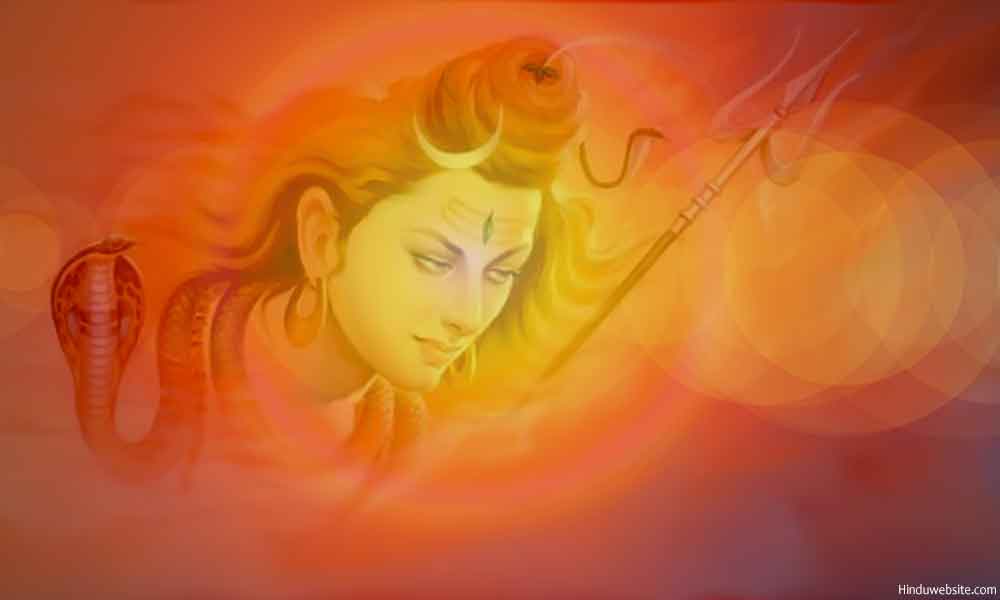
8. Shiva performs not one, but five functions in creation
As a part of the Trinity, Shiva is popularly known as the destroyer of the worlds. However, according to Saivism, Shiva is not a mere destroyer. He is Brahman himself and the Lord of all (Pati), who performs not one but five functions in creation namely Creation, Preservation, Destruction, Concealment and Revelation. They constitute the fivefold (panchanana) aspect of Lord Shiva. The Panchanana form of Lord Shiva, with five faces, is worshipped in some Shiva temples in India, represented by Ishana, Tatpurusha, Aghora, Vamadeva and Sadyojata respectively.
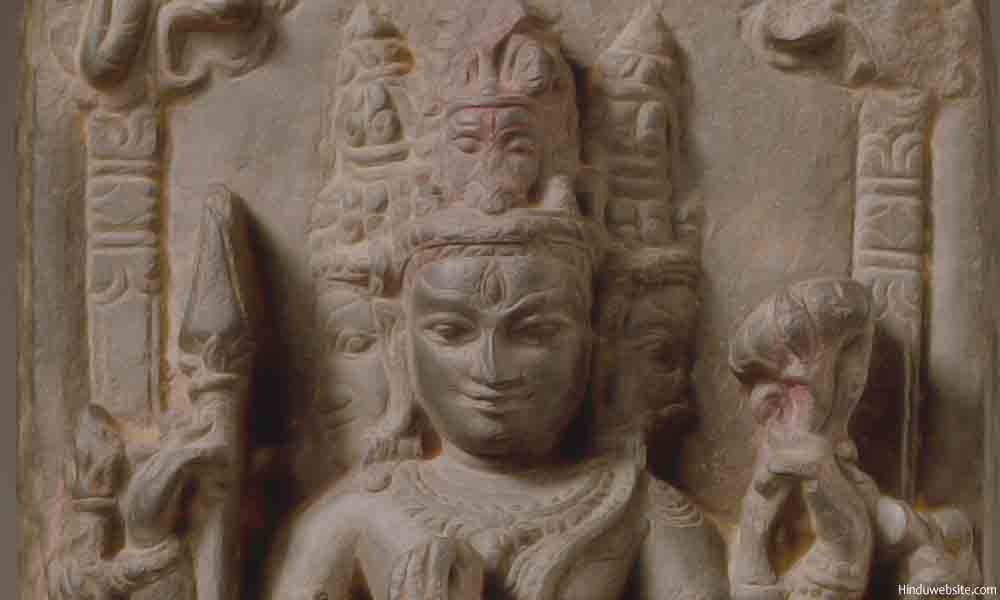
9. Shiva is associated with the ancient, Panchayatana ritual
In the Panchayatana ritual worship of Smarta tradition, which is mostly followed in many ancient and contemporary Hindu temples, devotees of Lord Shiva worship him by placing his icon or image in the center, along with those of four other deities, occupying the four corners of a square. The names of the four deities vary according to the preferences and beliefs of the worshippers. One popular list consists of Vishnu, Surya, Ganapathi and Devi. Some include Brahma in the place of Ganapathi. All the five deities are considered the five aspects of Saguna Brahman, the Supreme Self who manifests out of Nirguna Brahman to initiate creation. The practice is ancient and probably dates back to pre-Christian eras.
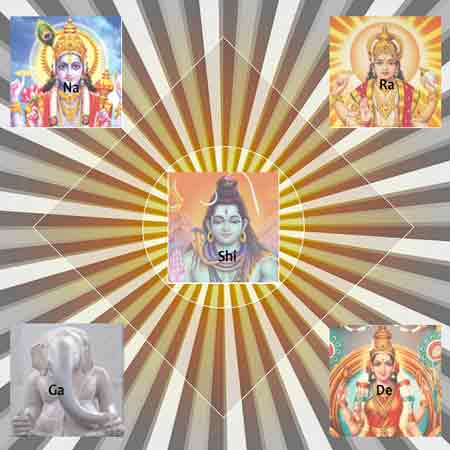
Suggestions for Further Reading
- The Symbolism of Snakes and Serpents in Hinduism
- Ten Distinguishing Features Of Hinduism
- Ten Reasons Why You Should Worship Shiva
- The River Sutra - Lessons From the River
- The Ten Main Duties (dharmas) in Hinduism
- The Ten Manifestations Of Sattva in Hinduism
- The 12 Manifestations of Brahman, the Supreme God of Hinduism
- Ten Teachings of the Buddha From the Dhammapada
- The Meaning And Significance Of Swastika In Hinduism
- What is Prana? The Five Types of Breath
- Hinduism and the God of Death
- Om, Aum, Pranava or Nada in Mantra and Yoga Traditions
- Wealth and Duty in Hinduism
- Hindu Gods - Lord Ganesha
- Symbolism and Significance of the Descent Of Ganga
- Symbolism of Ganga As the Purifier and Liberator
- The Meaning and Significance of Heart in Hinduism
- The Origin and Significance of the Epic Mahabharata
- Yin and Yang, and the Hindu Connection
- Symbolism in the Story of Sagar Manthan, the Churning of The Ocean
- The Symbolic Significance of Puja Or Worship In Hinduism
- Essays On Dharma
- Esoteric Mystic Hinduism
- Introduction to Hinduism
- Hindu Way of Life
- Essays On Karma
- Hindu Rites and Rituals
- The Origin of The Sanskrit Language
- Symbolism in Hinduism
- Essays on The Upanishads
- Concepts of Hinduism
- Essays on Atman
- Hindu Festivals
- Spiritual Practice
- Right Living
- Yoga of Sorrow
- Happiness
- Mental Health
- Concepts of Buddhism
- General Essays
This article is copyright Hinduwebsite.com and should not be reproduced in any format without prior written permission.